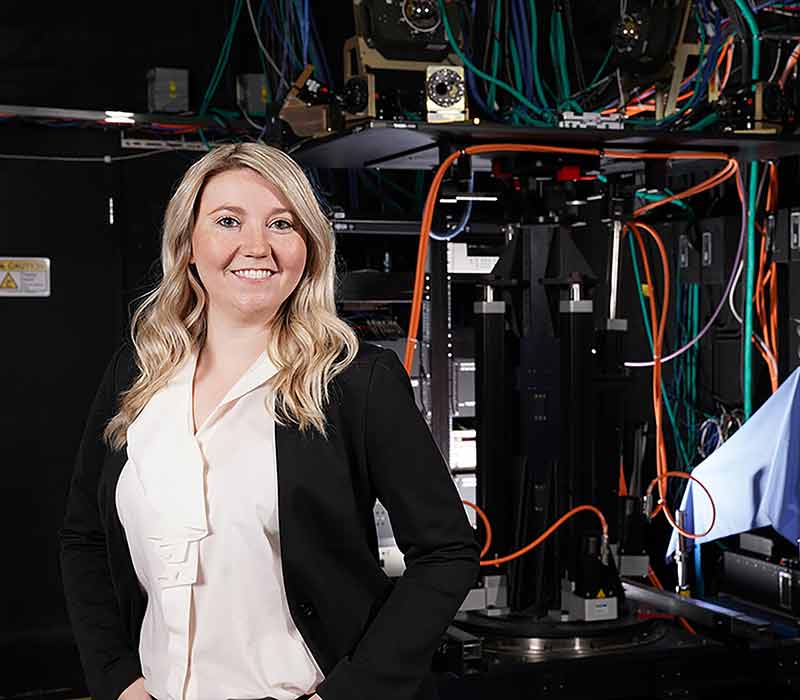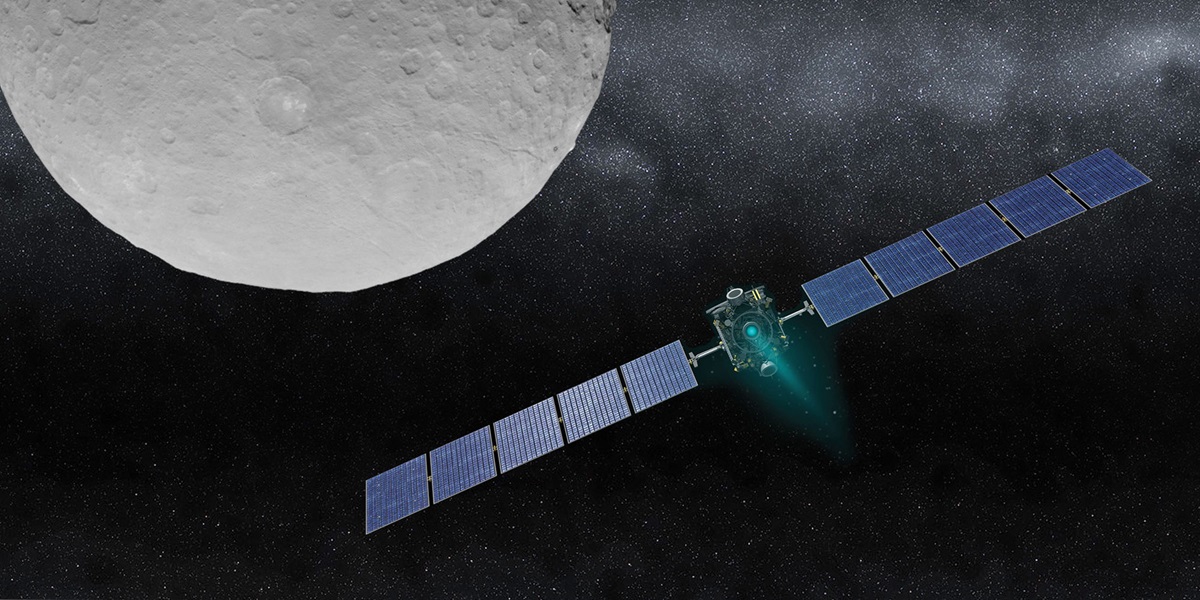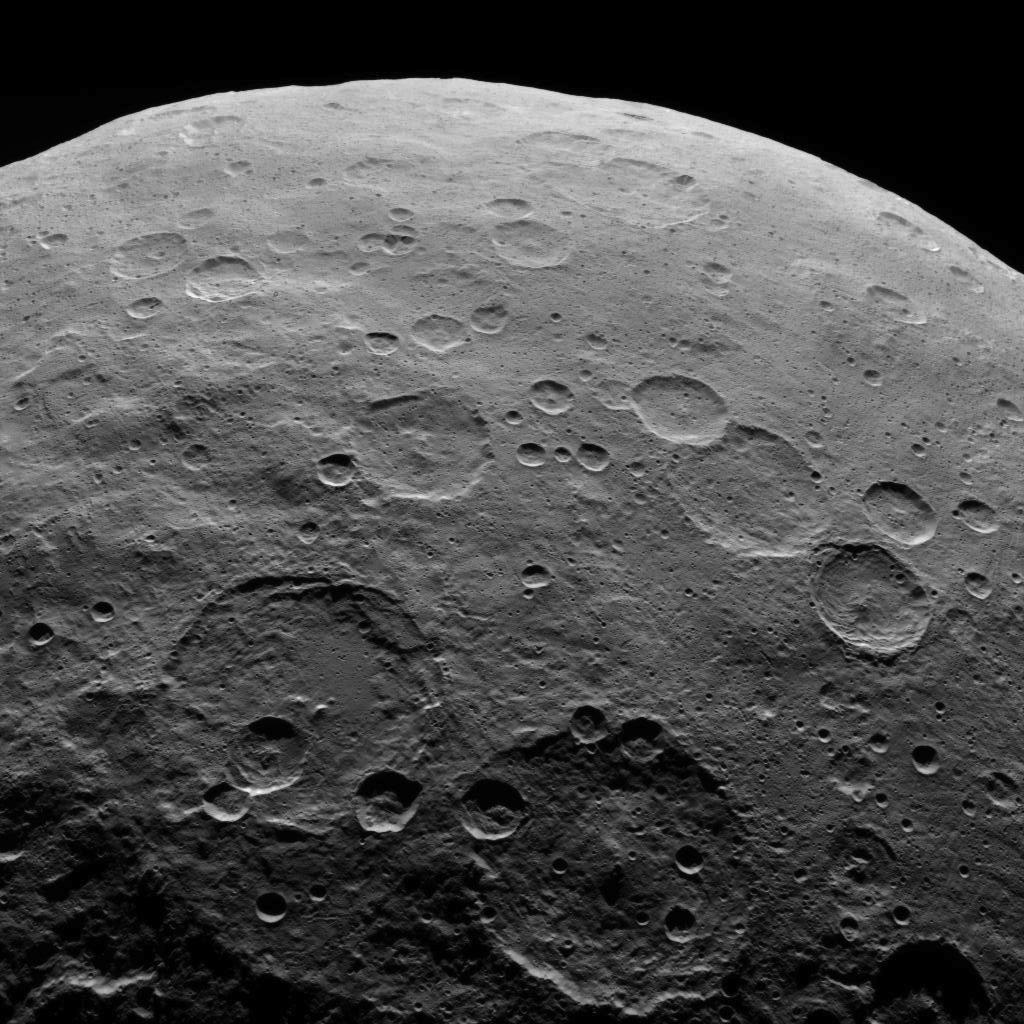By Joe Makowski
Believe it or not, my career started as a Grumman intern in 1969: the summer of the first moon landing.
As an intern, I rode to work with a friend of my father’s, a cockpit mechanic who was working on the lunar modules. One day, he invited me to tour the clean room, where all the lunar modules were under construction.
I slid inside the cockpit of LM-8, the vehicle that became Apollo 14.
Imagine that: laying on your back in a vehicle that’s going to land on the moon. I kept thinking, “I have to be part of this!” – Joe Makowski
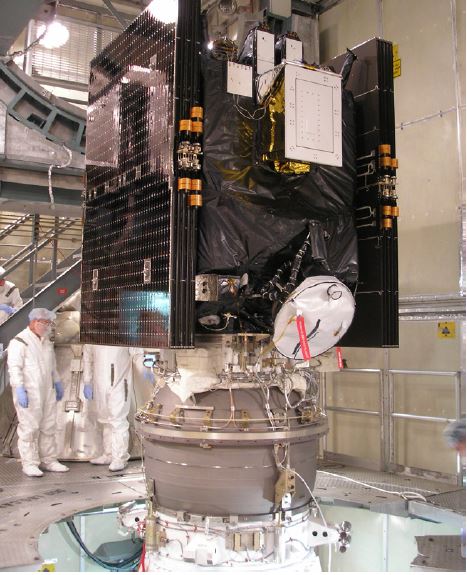
If I needed any further motivation to get through engineering school and work in the space industry, that was it.
After graduation in 1973, I cut my teeth on the aircraft side of Grumman’s business. It wasn’t until 1985 that I got my big break into space, working on the International Space Station program.
Since then, I’ve worked on science satellites and planetary missions, including the Dawn mission — a program that would be central to my career.
The Dawn of an Era
Dawn’s mission was to explore Vesta, an asteroid, and Ceres, a dwarf planet, both located in the main asteroid belt. Being lead engineer on Dawn was a very challenging job — Dawn was NASA’s first full-fledged science mission to rely on solar electric ion propulsion. At mid-career, I was qualified for the job, but boy, it was still overwhelming to lead something that groundbreaking.
The deal was that NASA’s Jet Propulsion Laboratories (JPL) would work the ion propulsion part of Dawn, and we were going to integrate it into the spacecraft. It was amazing to get to work with JPL — I’d been awed by their space feats since I was a kid. Today, ion propulsion is essential on Northrop Grumman programs like the GEOStar-3 Comm spacecraft, the Mission Extension Vehicles and new planetary missions.
Like any program, there were challenges. Twice we were told that Dawn was essentially cancelled due to budget constraints, but we didn’t give up because we knew that, together, we could do this mission.
The magic happens when you empower people to problem-solve. That’s what I saw happen on Dawn — teams rising to the challenge, finding solutions and accomplishing things they may not have previously thought they could. You’re going to have tough days — days when people make mistakes, or the solution’s not good enough — but you can’t give up.
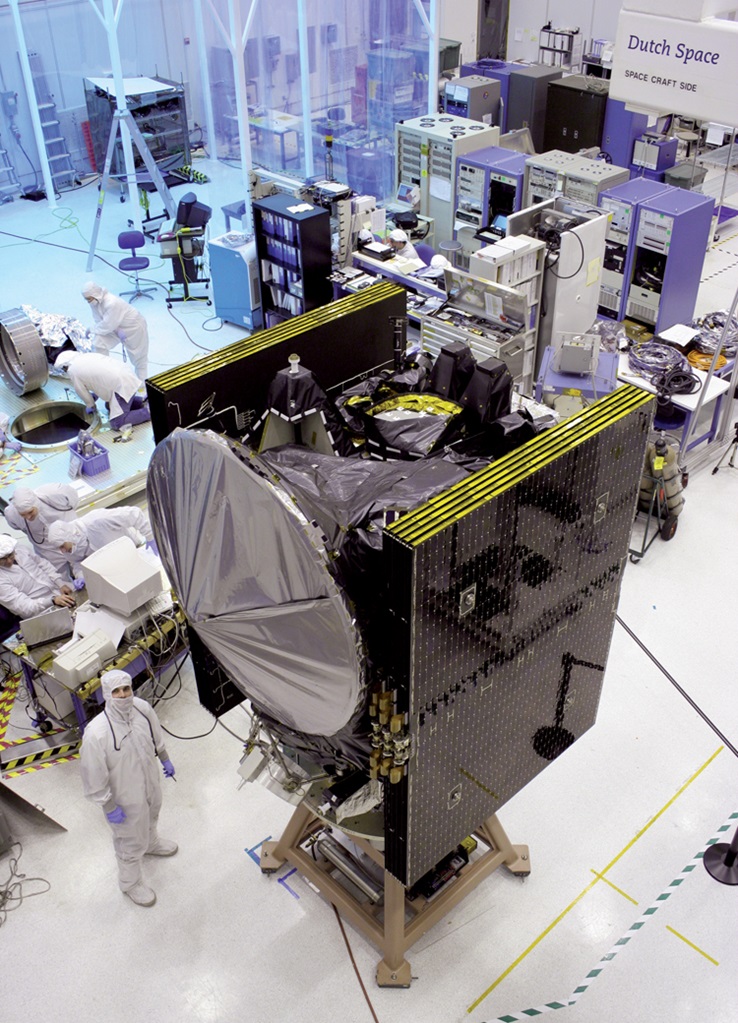
Onto the Next Destination
I led the Dawn technical team until it launched on Sept. 27, 2007. During the mission, I managed the as-needed technical support to JPL, which flew the spacecraft for more than 11 years; the mission ended only because Dawn ran out of attitude control fuel, orbiting Ceres 328 million miles from Earth.
The team’s excitement from Dawn remains today, even though we’ve all moved on to new missions. Today, I’m a consulting engineer, still with Northrop Grumman, sharing my experience and helping others see the possibilities of this business.
I’ve experienced amazing things in my career, from touching the Apollo 14 vehicle, to witnessing the first flight of the C-2A cargo aircraft and watching Dawn leave the Earth on its Delta rocket.
At each of these moments, I thought, “This is the coolest thing I’ve ever seen. It doesn’t get much better than this.”
How do you match that feeling? You gather a great team and empower them for the next challenge.
